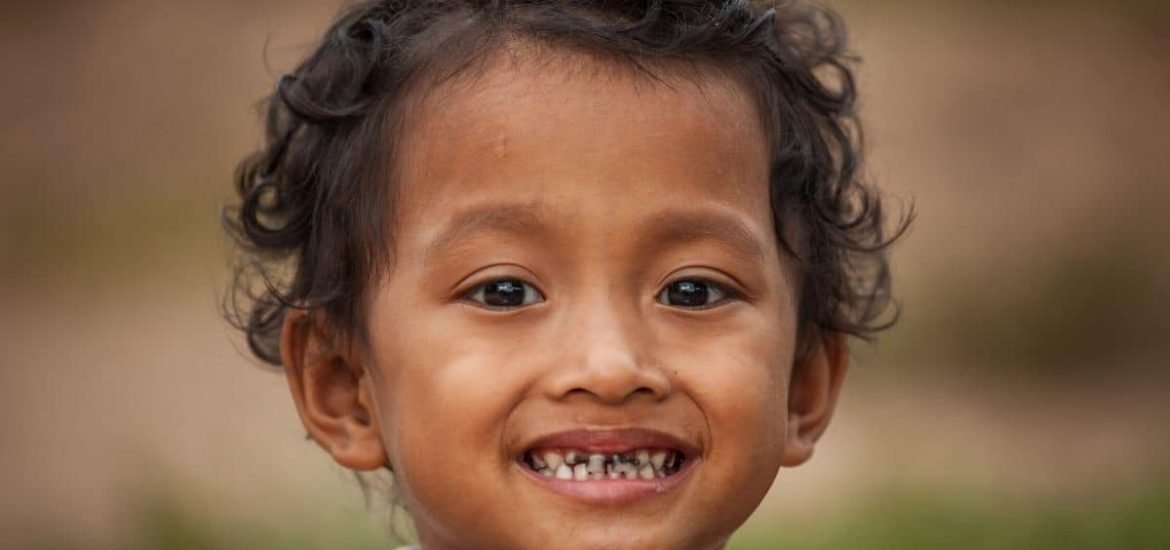
Half of the 5.4 million deaths of children under five in 2017 were attributed to differences in child death rates within and across countries, according to a study published on 16 October in the Journal Nature (1). The authors estimate that more than 70 million child deaths, almost 60 per cent of the total, can be traced back to subnational inequalities.
The international team of researchers, led by at the University of Washington and funded by the Bill and Melinda Gates Foundation, mapped child deaths in 99 low- and middle-income countries over two decades focusing on countries where more than 90 per cent of child deaths occurred in 2017. To build these unprecedented maps, they used models based on 16 million records from 467 surveys and censuses.
Importantly, the precise maps highlight disparities in health conditions and child death rates within countries at the district level. Typical national-level analyses miss out on important trends and patterns that the authors have now been able to illuminate by providing estimates of both rates and absolute numbers of deaths by districts.
Out of the 99 countries included in the analysis, the largest number of premature deaths in 2017 occurred in India, Nigeria, Pakistan, and the Democratic Republic of the Congo. But more revealing is that this first of its kind study shows variation in the likelihood of a child dying before the age of five can be more than 40-fold at the district level in some countries. And they observed very little change between 2017 and 2000 in districts with the highest rates of childhood deaths.
Perhaps most regrettable is that if all of the districts had met the Sustainable Development Goals (SDGs), at least 25 child deaths per 1,000 live births could have been prevented, the authors write. That potentially equates to 2.6 million fewer child deaths.
“On average, nearly 15,000 children under age 5 die every day,” says Dr Simon Hay, a senior author Director of the Local Burden of Disease (LBD) group at Institute for Health Metrics and Evaluation (IHME), which he adds is “as reprehensible as it is tragic”.
Overall, there have been improvements in the vast majority of the 17,554 districts studied over the 20-year period. In 2017, 5.4 million children died before the age of five, compared to 9.7 million in 2000. One positive, at least. So, how can we use this information to further tackle childhood mortality?
Turning data into action
Tackling premature mortality could save the lives of millions of children worldwide. And it seems that some efforts to alleviate poverty and reduce childhood mortality are actually working. Therefore, strategies previously applied in the areas of success could be replicated both across countries and across districts.
For example, Rwanda has seen vast improvements in child mortality rates between 2017 and 2000 — as a result of huge investment into supporting children’s health in the poorest communities, increasing the number of health workers, and expanding health insurance to reach more people. And anti-poverty and health programs in Peru had similar successes.
(1) Burstein, R. et al. Mapping 123 million neonatal, infant and child deaths between 2000 and 2017. Nature (2019). DOI: 10.1038/s41586-019-1545-0